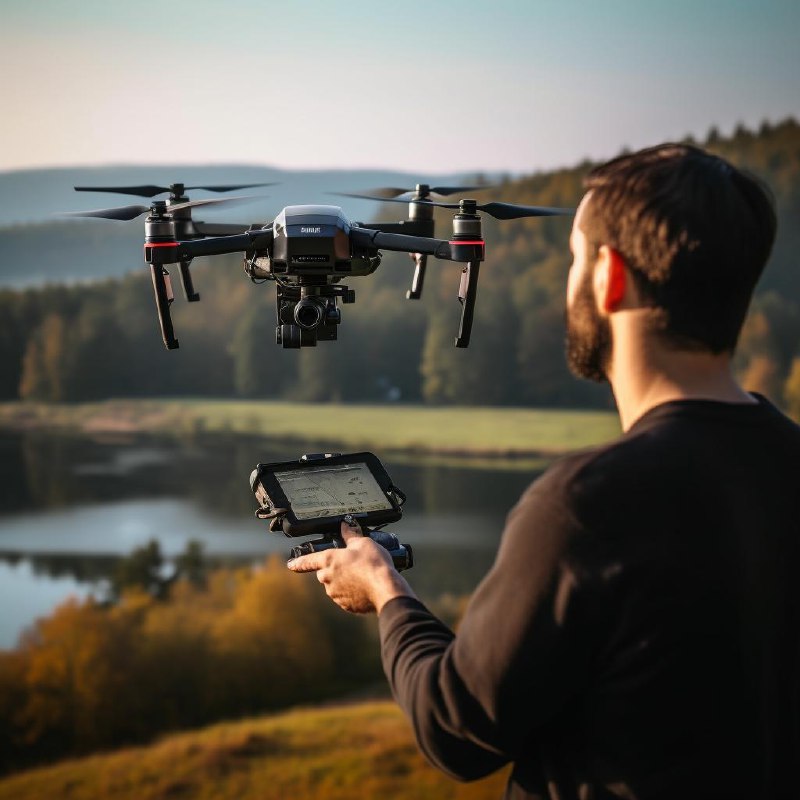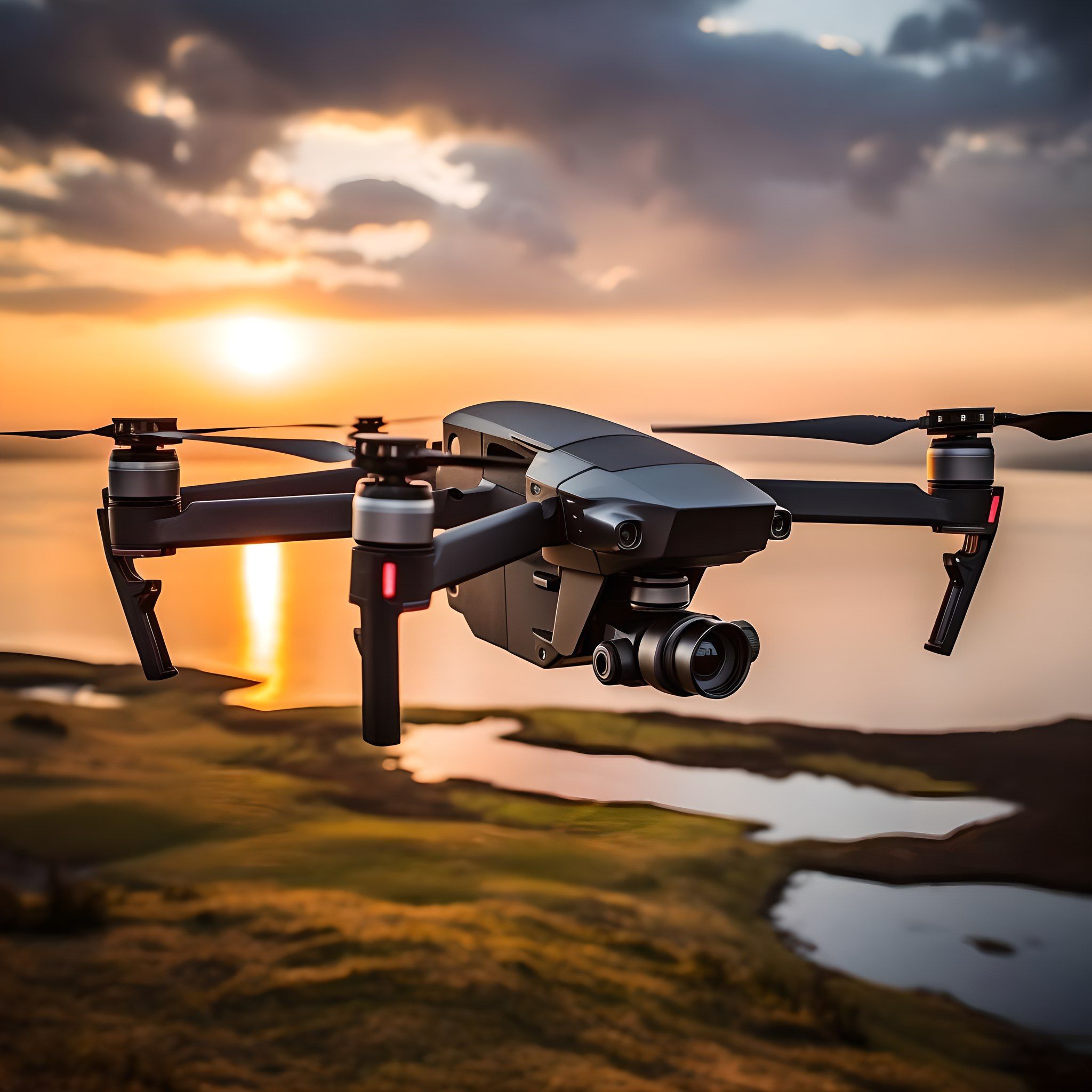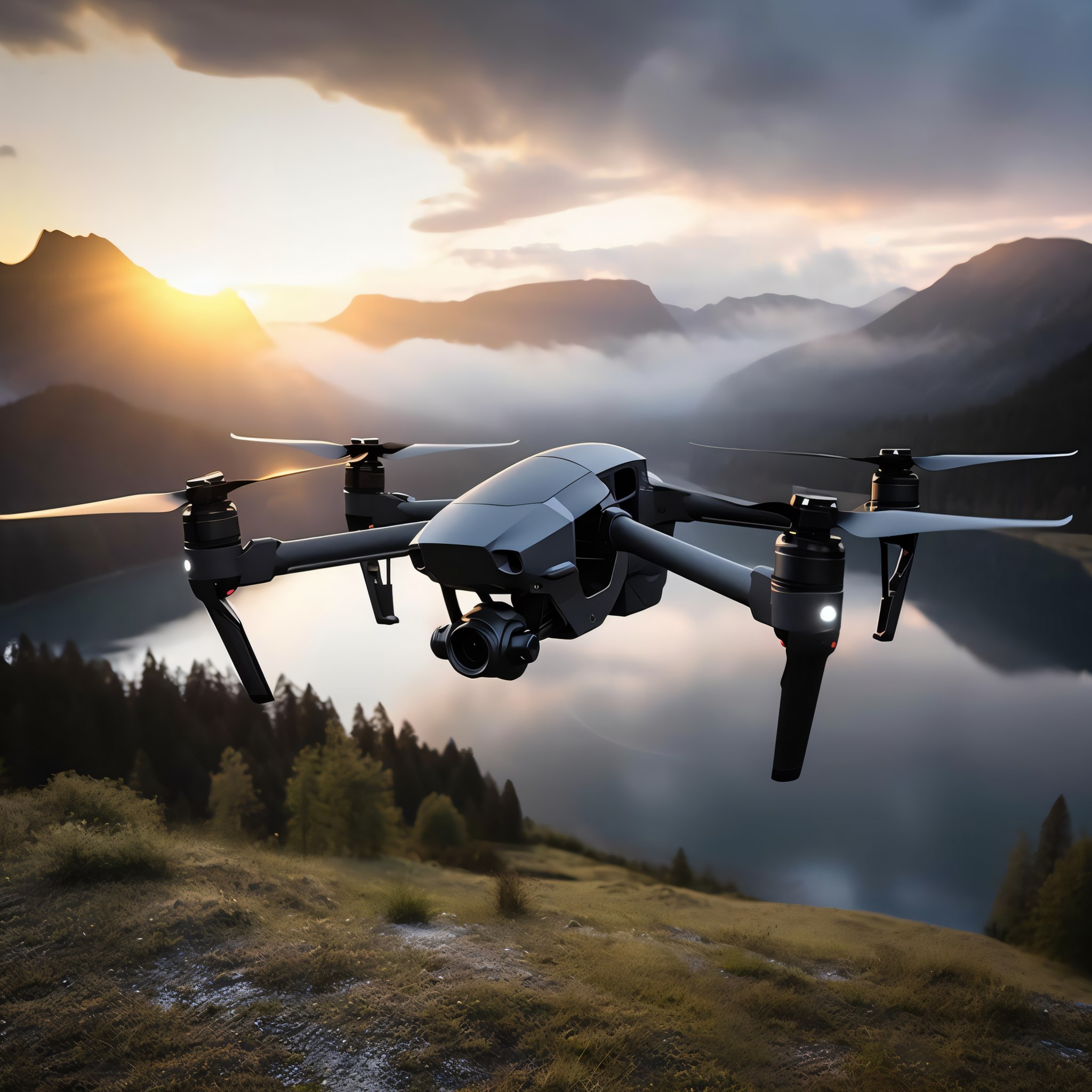Nerves of Steel or How Nature "Helps" Aerial Filming
Aerial filming, which is becoming increasingly popular thanks to the use of drones and other flying devices, opens new horizons in video production and photography. However, nature can be a source of many challenges that can significantly complicate the shooting process. In this article, we will examine the main natural factors that interfere with aerial filming and offer recommendations on how to overcome them. Imagine – you are standing with the remote control in your hands, anticipating a grand, dynamic, and unforgettable shot. The sticks are ready. Takeoff…
Weather
Weather conditions are one of the most critical factors affecting aerial filming. Rain, strong wind, snow, and even cloud cover can greatly reduce the quality of photos and videos.
-
Rain: Water on camera lenses can cause blurred images and deteriorate quality. In addition, the drone may malfunction if it is not protected against moisture. Therefore, operators should check weather forecasts and avoid shooting on rainy days.
-
Snow and frost: Cold temperatures can cause battery problems. In low temperatures, drone flight time is significantly reduced, which can lead to unexpected situations during filming. Snowfall creates visibility issues and may complicate maneuvering the device.
-
Wind: Strong wind can be especially dangerous for drones as it can push them off course, increasing the risk of crashes. Moreover, wind can cause shaking, negatively affecting image stability. It is important to closely follow manufacturers’ recommendations regarding permissible flight conditions.
Landscape and Terrain
Natural features of the area can also pose serious limitations for aerial filming.
-
Uneven terrain and obstacles: Tall trees, mountains, and buildings create barriers for drones. They can complicate flight and lead to loss of control. Operators need to study the area in advance and ensure the chosen location is safe and open for filming.
-
Reflections and glare: T
 he landscape may create unwanted reflections or glare that distract from the main subject. For example, water surfaces can reflect light, creating difficult conditions for capturing clear, high-quality images. In such cases, it is advisable to use polarizing filters to minimize glare.
he landscape may create unwanted reflections or glare that distract from the main subject. For example, water surfaces can reflect light, creating difficult conditions for capturing clear, high-quality images. In such cases, it is advisable to use polarizing filters to minimize glare.
Animals and Ecosystem
Another challenge operators face is the impact of wildlife.
-
Animals: Aerial filming in nature reserves and parks can provoke aggressive reactions from local fauna. Birds may perceive the drone as a threat and attack it, potentially damaging the equipment. Operators should consider animal behavior and avoid shooting in areas with large populations of wild animals or nests.
-
Ecosystem: When flying over natural ecosystems, it is important to consider their fragility. Excessive noise and disturbance caused by drones can negatively affect animal behavior and reproduction. Operators must adhere to ethical standards and strive to minimize their impact on the environment.
Psychological Factors
In addition to physical obstacles, psychological aspects must be taken into account. For example, unpredictable weather can cause stress for the operator, which may lead to mistakes during filming. The ability to remain calm and stick to the plan is key to successful aerial filming.
To effectively overcome these challenges, operators should:
-
Plan shoots carefully: Studying weather conditions and terrain in advance helps avoid many difficulties.
-
Use quality equipment: Modern drones offer protection against moisture and strong w
 ind. Choosing the right device can significantly improve shooting quality.
ind. Choosing the right device can significantly improve shooting quality. -
Maintain distance: Respect for nature, animals, and vegetation helps prevent unexpected situations and preserves the ecosystem.
-
Be flexible: The ability to adapt to changing conditions is an important quality for an operator. Sometimes it is better to postpone filming than to risk quality.
Aerial filming provides many opportunities for unique shots and impressive videos, but nature can present numerous challenges. It is very important to consider the impact of natural factors on the shooting process and prepare for possible obstacles in advance. Applying this knowledge and recommendations will help operators successfully meet challenges and create quality video content in any natural conditions. We wish you a PLEASANT FLIGHT!